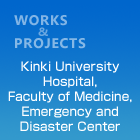September 2013
Hospital
Osakasayama-shi, Osaka
117,958.09 m2
10,235.22 m2
2,481.73 m2
Reinforced Concrete structure (partial Steel-frame Reinforced Concrete structure, partial Steel structure), 5 stories above ground
-
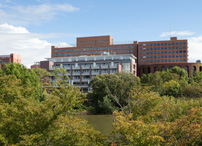
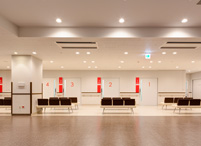
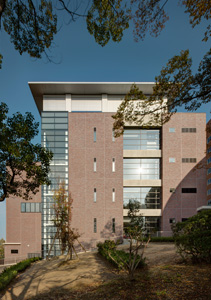
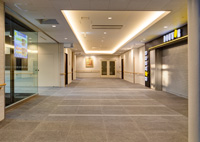
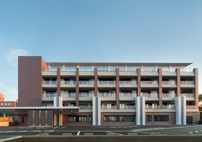
- Photography: Studio.Shin
This building is constructed for the development of a new emergency medical care system by consolidating the hospital's emergency departments, including the Critical Care Center, Cardiovascular Center, Stroke Center, and ER.
• Continuation of medical care in the event of disasters
The hospital is designed to be able to continue with the provision of medical care in times of disaster, by incorporating a seismic isolation structure to withstand large-scale earthquakes, an emergency power generation backup system for a 72 hour-period in the aftermath, a water supply and drainage system, a stock storage space for storing the essential supplies for an emergency, and an entrance hall that can accommodate patients.
• Thoughtful environment for both patients and staff
Consideration is given to the medical staff who are in the constantly tense environment of emergency medical care, by improving staff amenities such as staff-only lounges and rooftop gardens to enhance the quality of medical care and interactions between the staff.
• Global environment and energy conservation
Environment and energy conservation is achieved by employing a solar power generation system, reducing water supply with the use of well water, and minimizing air-conditioning loads with a cogeneration system for effective waste heat management and cooling/heating tubes for geothermal heat utilization.
